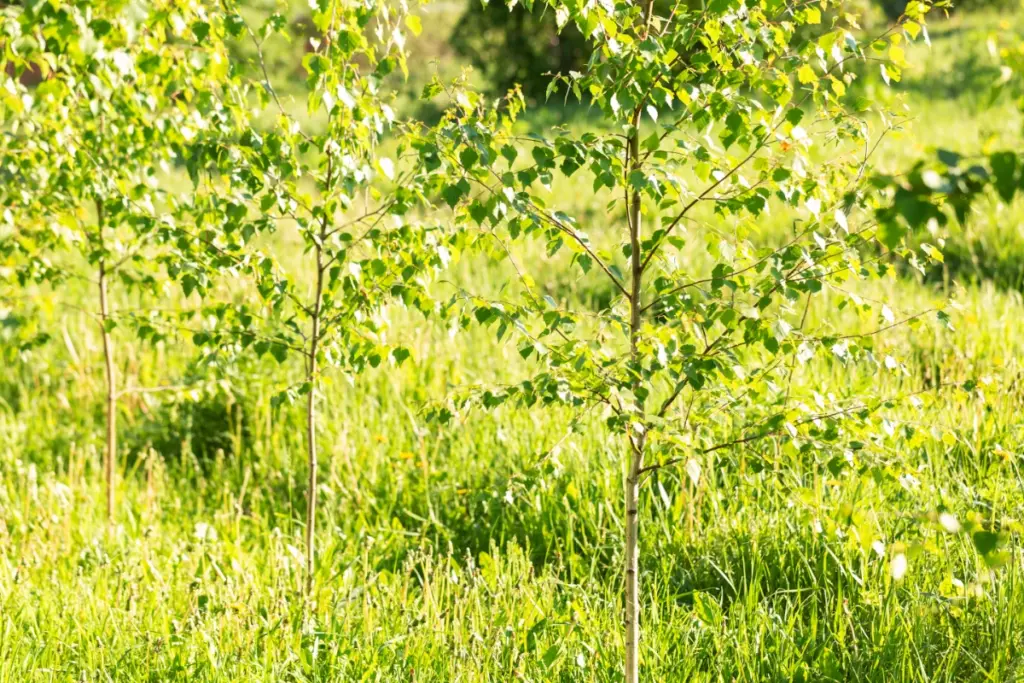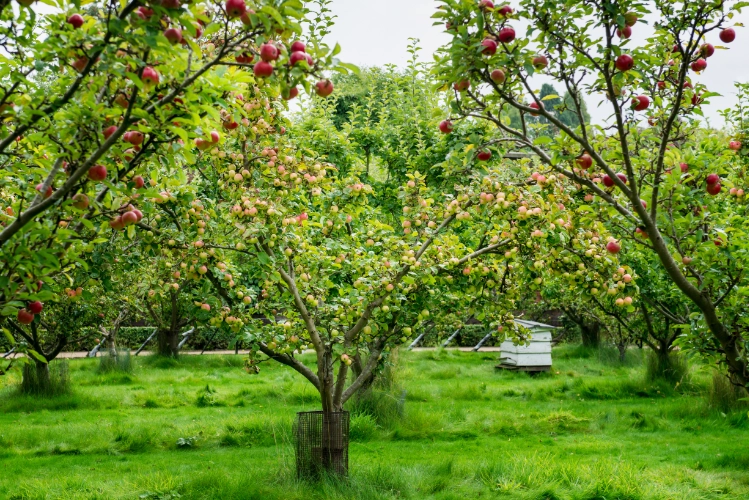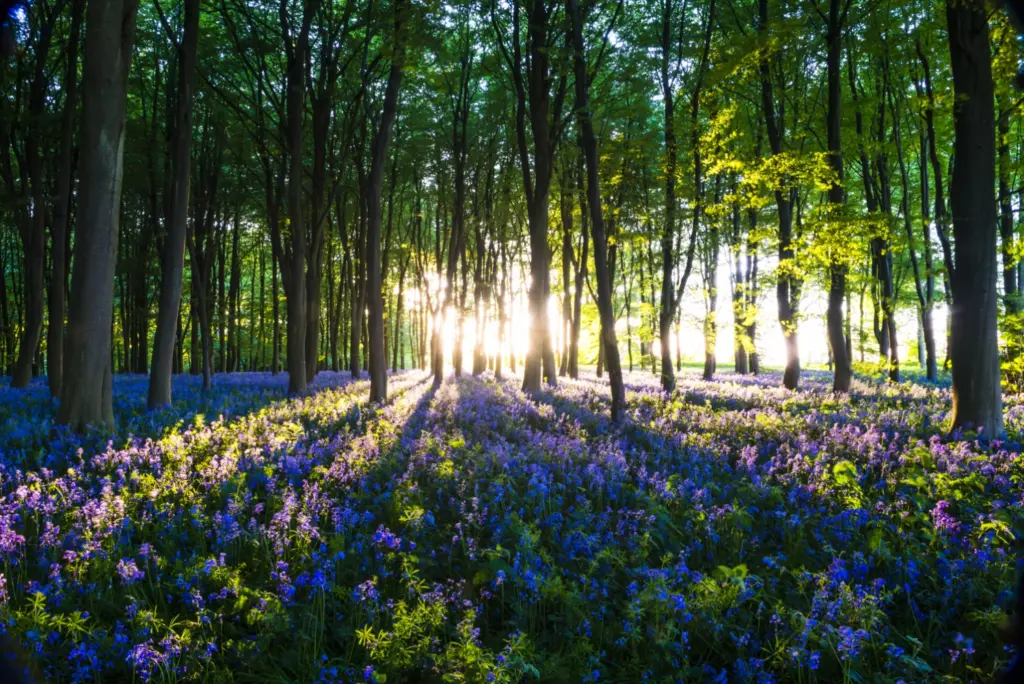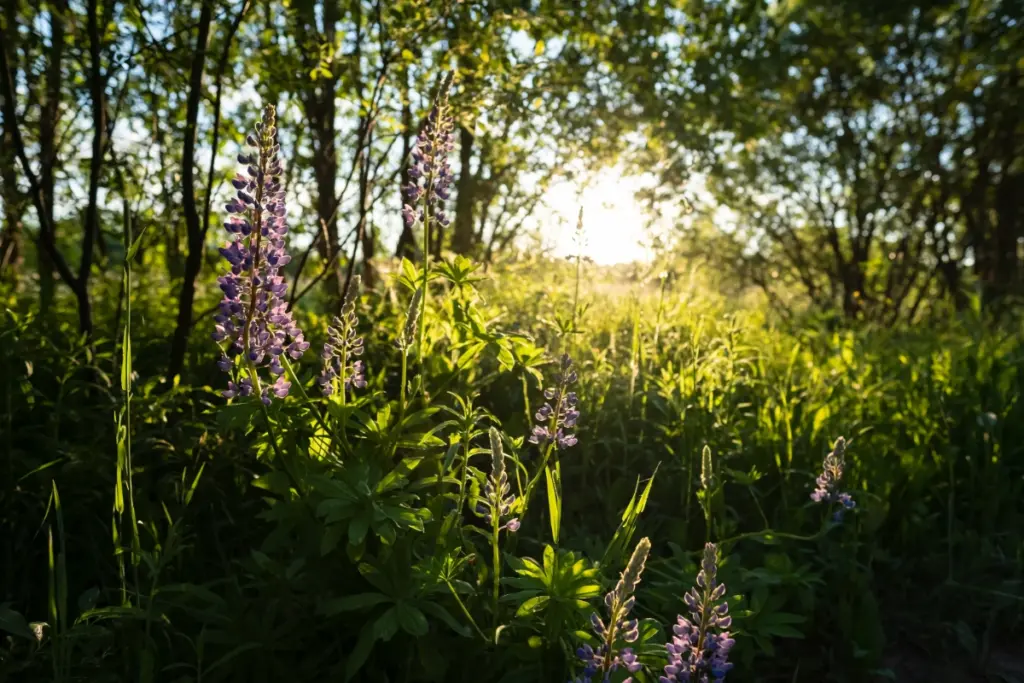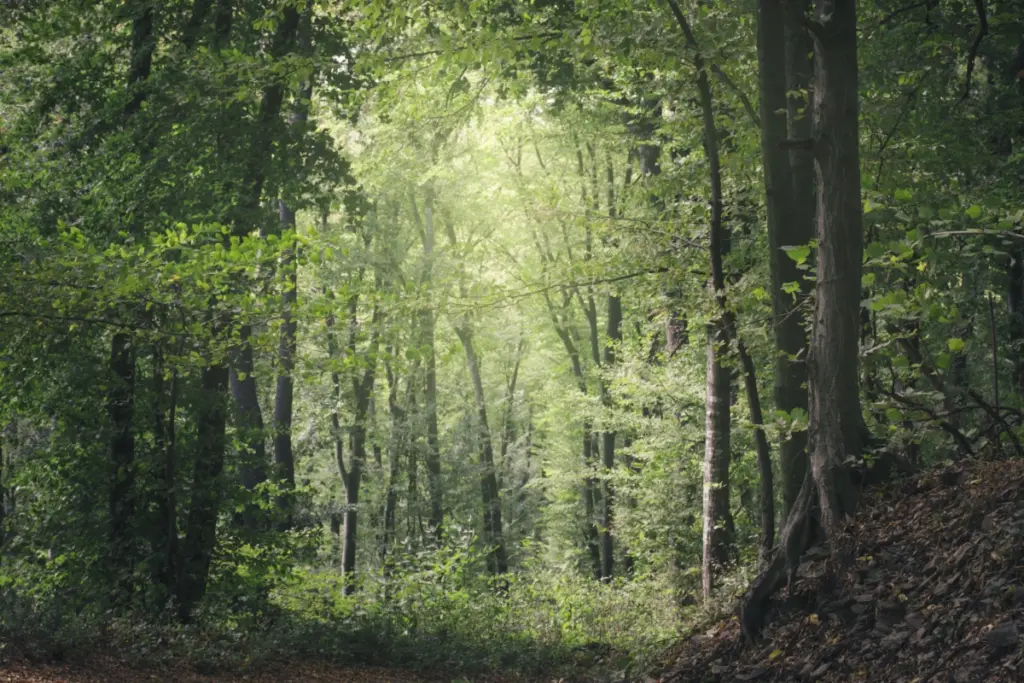What Is a Natural Burial Ground?
As more people seek meaningful, sustainable ways to say goodbye, natural burial grounds are becoming an increasingly popular option in the UK. But what exactly are they—and how do they differ from traditional graveyards?
In this article, we’ll explore what a natural burial ground in the UK is, how it works, and why so many families are now choosing this gentle, environmentally friendly approach to burial.
What Is a Natural Burial Ground?
A natural burial ground is a designated area of land where people are laid to rest using methods that allow the body to return naturally to the earth. These spaces are designed to have minimal environmental impact and are often managed in harmony with nature.
Instead of rows of headstones and manicured lawns, you’ll find woodlands, meadows, orchards, or peaceful fields full of wildflowers and native trees. Graves are usually unmarked or gently marked with a tree, wild planting, or GPS coordinates.
Natural burial grounds are sometimes called:
-
Green burial sites
-
Woodland burial grounds
-
Eco-cemeteries
-
Meadow or conservation burial grounds
Whatever the name, they all share the same purpose: to offer a simple, respectful, and earth-friendly way to say goodbye.
What Is the Difference Between Natural Burial and Normal Burial?
The main differences lie in the materials used, the setting, and the environmental values behind the burial.
The key difference between a natural burial and a traditional (normal) burial lies in their impact on the environment—and their philosophy of care.
| Traditional Burial | Natural Burial |
|---|---|
| Often uses hardwood or metal coffins | Only biodegradable coffins or shrouds allowed |
| Embalming is common | Embalming is not permitted |
| Concrete vaults may be used | No concrete or plastic allowed |
| Graveyards often have stone headstones | Natural markers or no markers at all |
| Lawned cemeteries with regular maintenance | Wild, natural landscapes managed for conservation |
| Higher long-term environmental footprint | Designed to protect and regenerate nature |
In essence, natural burial is about returning to the Earth simply and gently, while traditional burial often prioritises permanence and structure. One is wild and living, the other formal and fixed.
What Can You Be Buried in?
In a natural burial ground in the UK, only biodegradable coffins or shrouds can be used. Popular eco-friendly options include:
-
Cardboard coffins
-
Willow or wicker coffins
-
Bamboo, rattan, or seagrass coffins
-
Wool or felt coffins
-
Mycelium (mushroom) coffins
-
Cotton or linen shrouds
Embalming chemicals, metal fixtures, plastic linings, or synthetic materials are not allowed. Look at our article on Environmentally Friendly Coffin.
What Happens at a Natural Burial Ground?
A natural burial ground offers a peaceful, simple setting for a meaningful farewell. Unlike traditional cemeteries, there are no rigid rules or formalities, allowing families to shape the experience in a way that reflects the person being remembered.
Here’s what typically happens:
-
Arrival and Ceremony: Some families hold a service at the burial ground itself—under a tree, in a clearing, or beside the grave. Others may come from a church, home, or celebrant-led ceremony.
-
Burial: The coffin or shroud is gently lowered into a hand-dug or mechanically prepared grave. This is often accompanied by readings, music, or quiet reflection. Families may choose to place wildflowers or natural tokens.
-
Marking the Grave: Instead of a headstone, the location may be recorded with GPS, a planted tree, or left unmarked to allow nature to reclaim the space.
-
Ongoing Care: These sites are managed with biodiversity in mind. There’s no regular mowing or artificial landscaping—just seasonal growth, wildlife habitats, and quiet places for remembrance.
Each burial is personal, flexible, and deeply connected to the natural world.
Where Are Natural Burial Grounds in the UK?
There are now over 250 natural burial grounds in the UK, and this number is growing. They’re found across the countryside—in woodlands, farms, meadows, and nature reserves.
Some are family-run, others are managed by charities or trusts, and some are operated as part of larger green cemeteries.
You can use our directory of natural burial grounds UK to explore sites near you.
What Are the Benefits of Natural Burial?
Choosing a natural burial ground offers a wide range of environmental, emotional, and social benefits:
Eco-Friendly
-
No embalming, concrete, or synthetic materials
-
Encourages natural decomposition
-
Supports biodiversity and soil health
Conservation
-
Helps protect land from development
-
Often managed as a nature reserve or rewilding site
-
Encourages native plants, trees, and wildlife
Meaningful & Personal
-
Peaceful, natural setting far from traffic and noise
-
Personalised ceremonies with few restrictions
-
Living memorials like trees or wildflowers
Simplicity
-
Less formal, less costly, and more in tune with nature
-
Minimal long-term maintenance required
-
A return to older traditions of gentle, earth-based burial
Is It Right for You or a Loved One?
If you or a loved one care deeply about the environment, sustainability, or simply want a more natural final resting place, a natural burial ground in the UK can offer exactly that.
It’s a decision that gives back—preserving land, nurturing wildlife, and creating peaceful places for remembrance and reflection.

